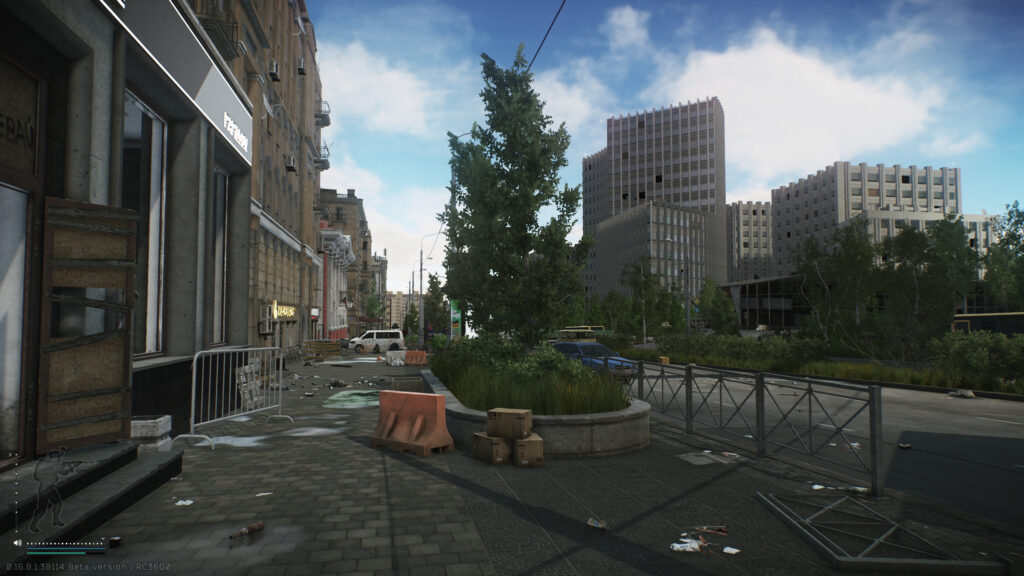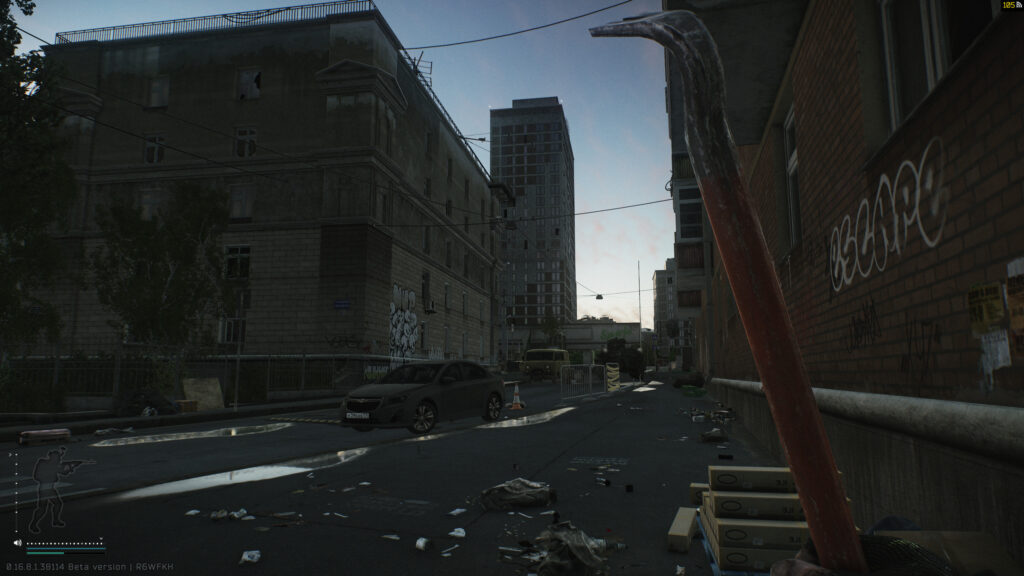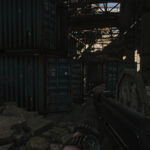Introduction
The Flea Market is Tarkov’s silent endgame. If you can spot value, buy fast, and list cleanly, you’ll bankroll kits without firing a shot. This playbook teaches you how to source flips, price correctly after fees, and build a routine that stacks profit every session—no spreadsheets required (but they help).
Flipping Fundamentals
- Velocity over margin: 5–12% net profit that sells in minutes beats a 40% unicorn that never moves.
- Fee math first: Always check listing fee and 6% sale tax. If your margin dies after fees, skip it.

- Stack strategy: Sell in the unit size buyers want (1, 2, 5, 10). Don’t fight the market—serve it.
- Time windows: Highest demand hits before/after raid prime time. List then; restock off-hours.
What to Flip (Safest Buckets)
- Ammo & Mags: Mid-tier AP rounds, common magazines, and speedloaders. Players buy these constantly.
- Meds & Stims: CMS kits, painkillers, heals—fast turnover, easy comps.
- Barter Parts: Screws, hoses, wires, toolkits—feed hideouts; demand persists all wipe.

- Keys & Access: Low-to-mid keys with steady demand. Avoid volatile event keys unless you track news.
- Weapon Attachments: Popular grips, mounts, LPVOs—buy underpriced, relist mid-pack.
- Bags & Rigs: Cheap but constant. Profit per item is small; velocity makes it worthwhile early wipe.
Finding Underpriced Listings
Sort by price, scan the first 2–3 pages, and learn the “normal” range. Snipe outliers. Use refresh cycles: prices dip when raids end and stash dumps happen. Buy in small batches to avoid pushing the floor up on yourself.
- Watch for bad stack sizes (e.g., 7-packs when buyers want 5 or 10) and repackage.
- Target typos/mislabels and off-hour listers; margins are better when competition sleeps.
- Check trader buyback as a hard floor—never buy below that unless you can outpace it with velocity.
Pricing & Fees Without Tears
Price with the pack, not beneath it. Sit mid-first-page so you sell fast without starting a race to zero. Use round prices buyers recognize (e.g., 19,999; 49,500). If the fee spikes (rarity multiplier), list at the closest fee break or switch items.
- Quick math: Net ≈ (Sale × 0.94) − Listing Fee − Purchase Cost.

- Fee traps: Skins/rare items can have massive listing fees—test with a dummy price before committing.
- Cancel policy: Cancel once if buried; after that, shift item or time window.
Sourcing Beyond the Flea
- Scav runs: Convert “junk” into flip stock—barter mats, meds, ammo boxes.
- Crafts: Turn hideout inputs into high-velocity goods; sell outputs at peak hours.
- Barter arbitrage: Trader barters → break the result into parts and sell separately for more.
- Quest surplus: Extra keys/parts from progression can be sold when demand spikes.
Risk Management
- Cap exposure: Keep at most 30–40% of your cash in active flips; the rest funds kits and crafts.
- Diversify: 4–6 item lines at once spreads risk and smooths cash flow.
- Stop-loss: If undercut heavy, accept a small loss and rotate. Dead stock is worse than a nick.
Daily Flip Routine (15 Minutes)
- Collect sales, note items that moved fastest.
- Restock 2–3 fastest lines first; snipe underpriced listings.

- Relist stale items near the middle of page one; adjust stack sizes.
- Queue a profitable craft to feed tomorrow’s flips.
Common Mistakes to Avoid
- Chasing giant margins on slow items—velocity is your paycheck.
- Ignoring fees—profit on paper, loss in practice.
- Overbuying—locking cash in stock you can’t move this session.
- Listing at weird stack sizes—sell how buyers buy.
Conclusion
Flipping like a pro is simple discipline: buy low with purpose, list where the buyers are, and respect fees and time windows.
Keep your lines moving, feed your flips with crafts and Scav hauls, and your stash will feel rich even on a bad PMC day.






